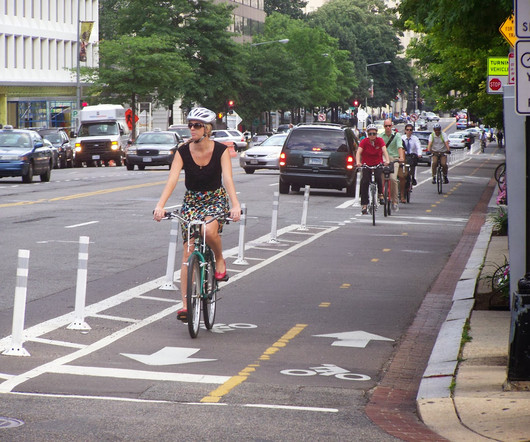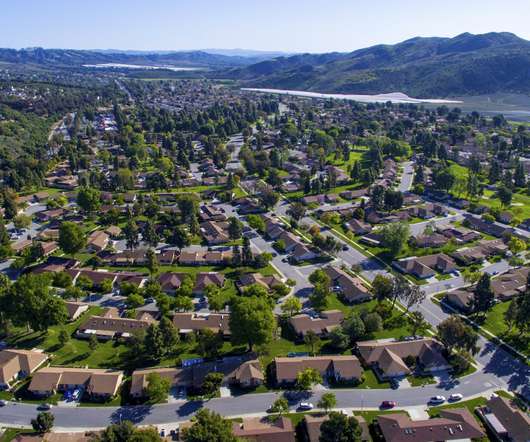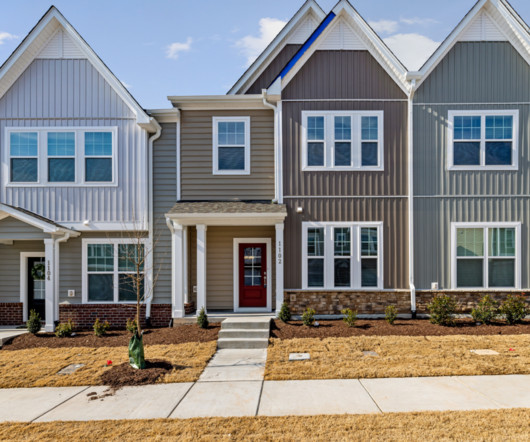Urban planning when things are going well: DC, 2014 (The Office of Planning under Harriet Tregoning)
Rebuilding Place in Urban Space
JANUARY 22, 2025
Growth vs. shrinking | young vs. old | urban vs. suburban | historic preservation vs. limited building regulation. DC's core is comprised of rowhouses and apartment buildings, while the outer city is a mix of attached and detached single family housing and clusters of apartments, especially on arterials. U Street NW.












Let's personalize your content